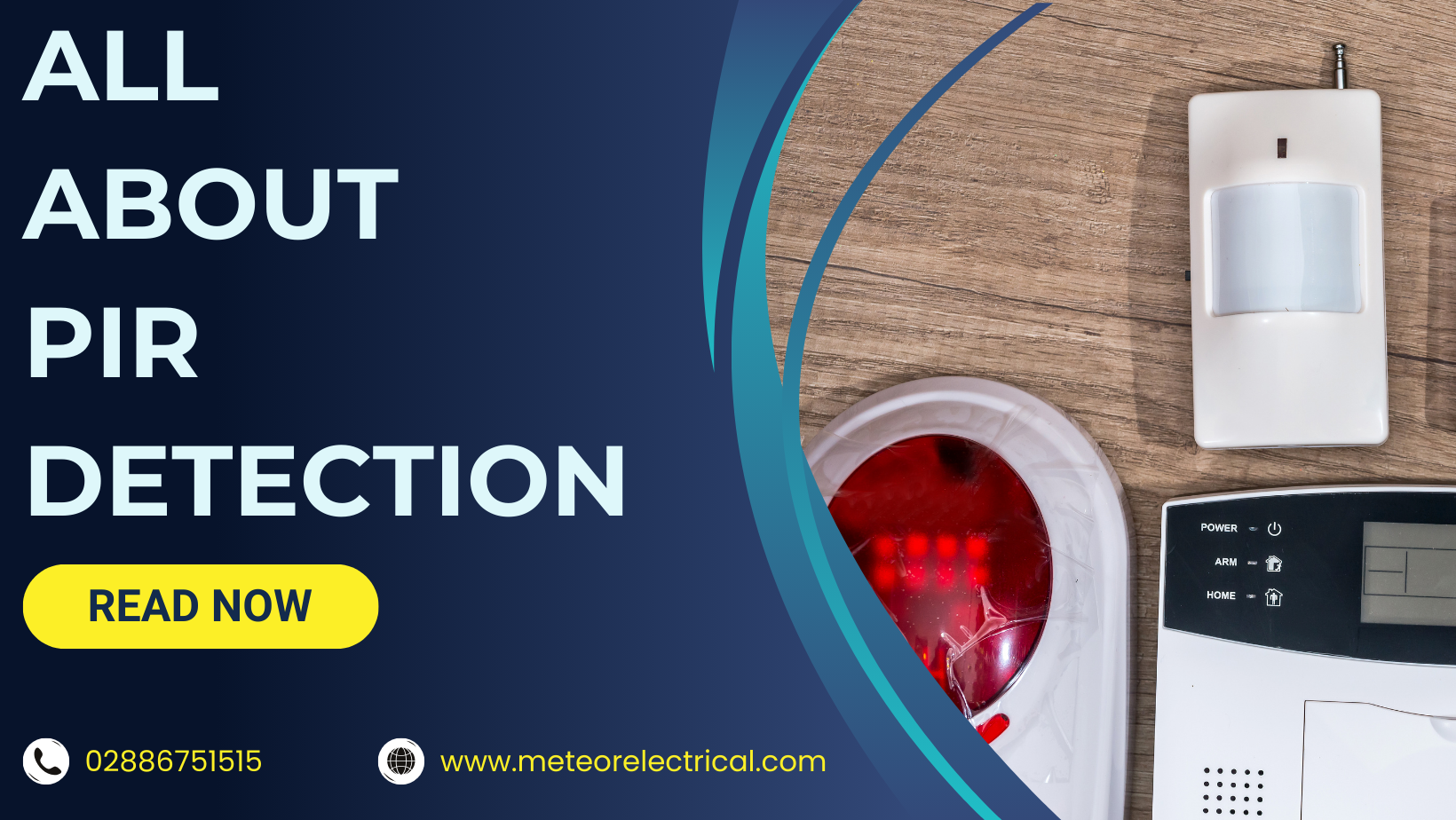PIR Detection
All CCTV systems require a means of detecting a person entering a home, building site or apartment otherwise they are ineffective. There are many solutions out there to detect an intruder such as video motion analytics and Doppler detectors but the most reliable solution is PIR detectors.
PIR detectors are also known as Passive Infra-Red and they are common in burglar alarm systems that are used in controlled environments. PIRs are long lasting as they are often subjected to rain, wind, warm and cold temperatures therefore they have to be adapted to all climates.
A PIR has to be correctly positioned outside the home so that the sensor can operate at a high level to detect any intruder. Detectors should be mounted at the correct height as specified by the manufacturer as this will affect the detection pattern. Some detectors are often required to be mounted no higher than 2.5 meters so that they meet health and safety regulations however there are others on the market that can be installed higher than this especially if the area is large and hard to cover.
Connectivity
In most instances PIR’s are usually hard wired and mounted just under a camera on a mast or on a wall. This limits the movability of the PIR as routing the cables is often very tricky and expensive so most people leave it in one simple position for its lifespan. The choice of cabling a PIR is usually a multicore cable that supplies twelve volts to the detector and takes away the alarm and tamper contacts to the alarm input on the CCTV system, one cable is used for each PIR.
A wireless detector allows for movability of the PIR as there are no problems with running a cable therefore it can be placed where it will perform the best. The only thing that needs to be checked is the radio communication as this needs to be perfect so that the PIR can work correctly.
Wireless PIR detectors are powered by non-rechargeable batteries and they must have a low current to preserve voltage so that the batteries are not damaged, often some detectors are supplied with a power pump that maintains the performance even if the batteries are running low. If the batteries happen to run low the PIR will let the owner know through a message so that the batteries can be replaced as soon as possible.

